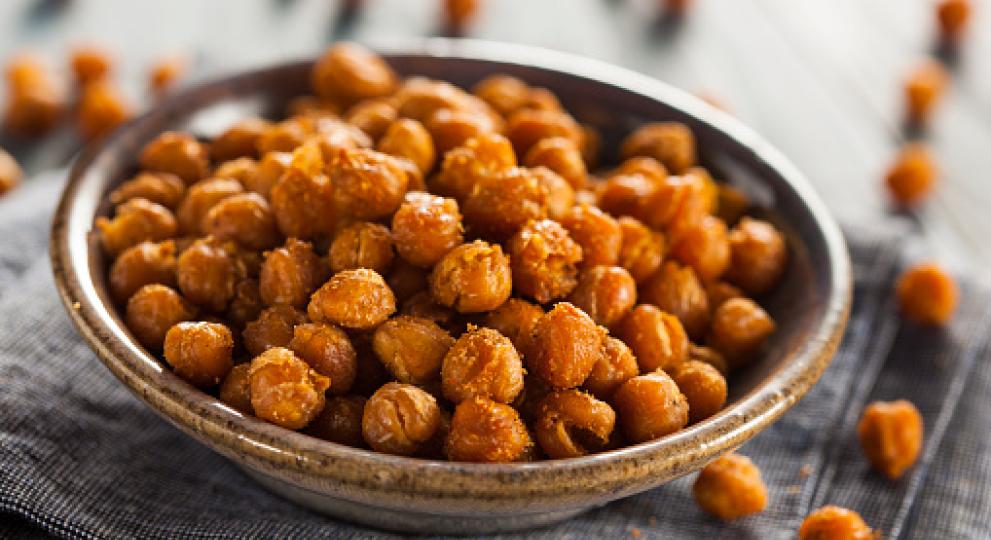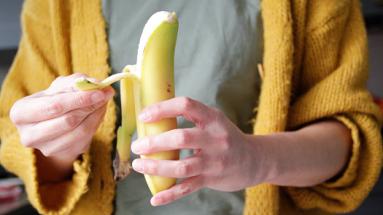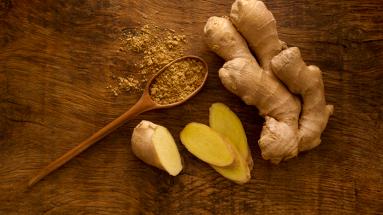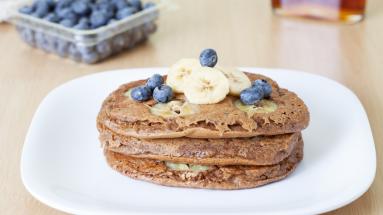Try these protein-packed food swaps
Try these protein-packed food swaps

If you’re living with cancer, protein can play a vital role in supporting your health.
Getting enough protein helps your body tissues heal and supports your immune system to fight off infection. And as part of a healthy diet, it may improve your ability to cope with side effects. Plus, it can help you maintain muscle mass if you’re losing or have lost weight.
“Protein helps build and maintain muscle, which is important for cancer patients who might be having problems eating and are losing weight,” Candice Schreiber, a clinical dietitian, told the Ohio State University Comprehensive Cancer Center. “When they lose weight, it’s often muscle and not fat, so protein is vital during treatment.”
How much protein is enough? Your care team can offer specific recommendations, but for people in treatment, a general recommendation is to have about 1.5 grams of protein per kilogram of bodyweight each day. High-protein foods include poultry, eggs, milk and cheese, yogurt, tofu, peanut butter, beans, and peas, so you can build your protein plan around foods you enjoy.
Knowing that protein is important is one thing, but it’s another to find ways to add it to your daily diet when you’re living with cancer. Appetite loss, nausea, and changes in smell and taste are all common cancer symptoms — and getting creative in the kitchen might not be your top priority.
That’s where food swaps can be helpful. By swapping out some ingredients in your usual meals for higher-protein options, you can work towards your daily protein needs. You might even discover some new and creative dishes along the way.
Here are some Microsteps that can help you swap out some of your regular foods for higher-protein options. As always, consult with your care team for the guidance and recommendations that are best for you.
Replacing pasta with lentil or chickpea pasta.
Lentil and chickpea noodles offer more protein than traditional pasta, as well as fiber to help with digestion. You could add some cooked ground turkey or chicken for an extra protein boost.
Switching to Greek yogurt instead of traditional yogurt.
Many Greek yogurt varieties have more protein and less sugar than regular yogurts. If you’re not used to the tart taste, you can try adding a drizzle of honey or a sprinkle of cinnamon to sweeten.
Using nut or seed butter on your toast instead of jam.
Sweeter spreads like jam or chocolate spread are packed with sugar and don't have much protein. Consider topping your toast with almond butter, peanut butter, or sunflower seed butter for a higher-protein option.
Snacking on roasted chickpeas instead of chips.
Try drizzling some oil on chickpeas and roasting them in the oven for 20-25 minutes at 400°F (200°C). They can provide a similar crunch to chips or pretzels, making them a great high-protein snack option.
Adding a serving of almonds, cashews or sunflower seeds to your salad instead of croutons.
Nuts and seeds are a good source of protein and other vitamins and minerals, and can add crunch while making any salad more filling.
Developed with Thrive Global













